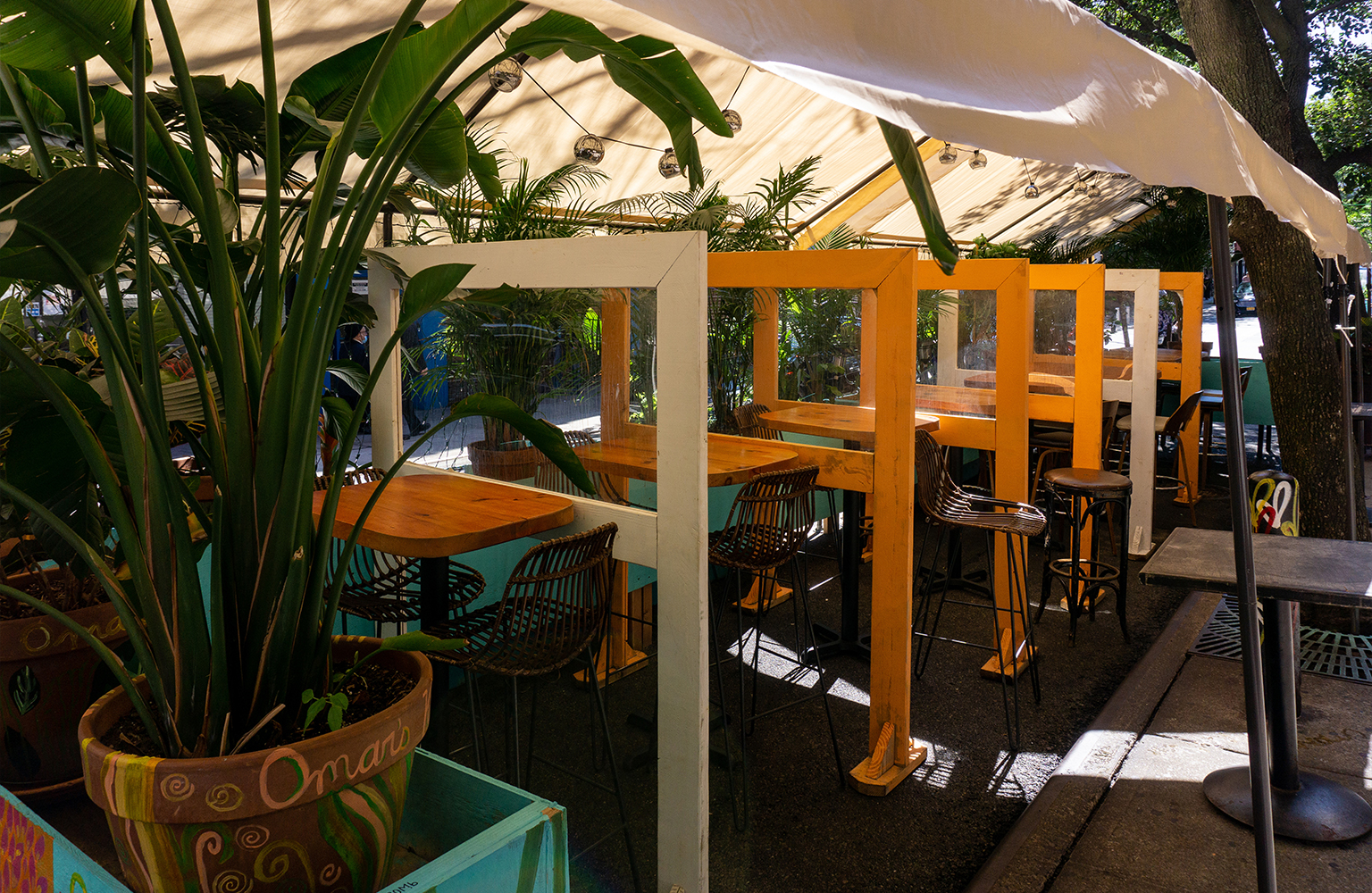A Modern Restaurant Management Response

The kitchen is open, let's get cooking!
Ad Cucìna is a full-service restaurant and foodservice marketing firm whose clients include KFC & LongHorn Steakhouse.
Q. What lessons did you learn and what do you feel the restaurant industry learned in 2020?
All restaurants, regardless of size, need a customer relationship management (CRM) strategy to communicate directly with customers more efficiently, especially when budgets get tight. The brands that have best weathered the COVID-19 crisis are those that already had a strong digital delivery presence—pizza players like Domino's and quick-serves/fast casuals like Chipotle—and those with less of a dependence on dining room traffic.
Ingenuity is the mother of invention. When grocery stores experienced supply chain issues and product shortages, restaurants stepped in to fill the gap. Some sold fully cooked packaged meals while others, like Ruby Tuesday, sold cases of sirloin steaks, five-pound containers of cottage cheese, and burgers in bulk.
Spending shifts from grocery to restaurants. In 2019, growth in restaurant spending overtook that of supermarket spending, up 4%, compared with 3% for supermarkets. Then, in 2020, the pandemic turned the tables: Online grocery sales rose 9% in June, month over month. But note that’s a decline from May when online sales rose 24%, and from April’s 37%. The tapering suggests that as people return to work and have less time to cook, they are redirecting their meal dollars to restaurants, even if they never leave their cars.
Contactless payment is no longer a “nice to have” – it’s a necessity.
Q. What trends do you see taking hold and what is your outlook for 2021?
People’s desire for socialization and a fun “experience” will conflict with residual fears about catching the virus, even after the quarantine is lifted. In much of the country, patio season is over, and winter is here. Restaurants are getting creative with outdoor dining spaces, including heated tents, transparent plastic bubbles, and greenhouse structures.
First-party delivery and third-party delivery partnerships will continue to be particularly important for restaurants, as consumers plan to keep their delivery habits in the future.
Combine consumer behavior and advertising trends to unlock opportunities. Savvy restaurants will adjust media spending to align with consumer COVID-19 media consumption habits. According to eMarketer, from 2019 to 2020 digital media was up by 45 minutes per day (driven by mobile) with TV viewing also having increased, while radio and print were down slightly from 2019 averages. In 2021, significant growth in connected TV ads is expected.
Erosion of loyalists provides an opportunity for restaurants to gain share. During the recession in 2007-2008, only 4 out of 10 brands held onto their most loyal customers and a similar trend is expected in 2021. There are huge opportunities for restaurants to use advertising, direct mail, and promotional offers to initiate trial and hook to recruit new customers.
